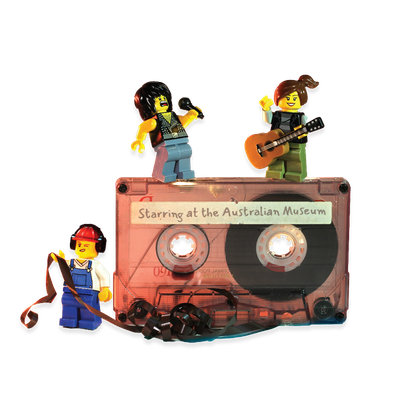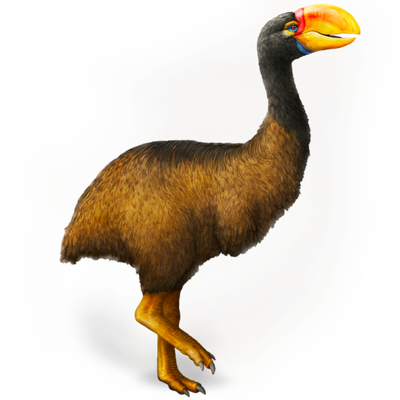Your search returned 2119 results
By Page Type
By Tag
- fish (966)
- blog (696)
- fishes of sydney harbour (401)
- First Nations (299)
- Blog (236)
- AMRI (169)
- archives (164)
- Eureka Prizes (146)
- Aboriginal and Torres Strait Islander (135)
- insect (126)
- Ichthyology (124)
- geoscience (109)
- minerals (102)
- climate change (100)
- podcast (94)
- Fish (91)
- Anthropology (89)
- International collections (80)
- Minerals Gallery (78)
- wildlife of sydney (78)
- Labridae (77)
- frog (74)
- gemstone (70)
- history (64)
- photography (64)
- Mollusca (60)
- gem (59)
- staff (59)
- Birds (56)
- Gems (56)
- Indonesia (56)
- education (56)
- shark (55)
- AMplify (54)
- people (53)
- earth sciences (50)
- past exhibitions (50)
- exhibition (49)
- Gobiidae (48)
- sustainability (46)
- Pomacentridae (45)
- Serranidae (44)
- lifelong learning (42)
- science (42)
- Earth and Environmental Science (41)
- Syngnathidae (41)
- Ancient Egypt (40)
- Bali (40)
- bird (40)
- dangerous australians (40)
-
Observing ants
https://australian.museum/learn/animals/insects/observing-ants/Many of the most interesting features of the social life of ants can only be seen if they are studied in artificial nests.
-
Birds: Aves
https://australian.museum/learn/animals/birds/birds-aves/Birds can fly, walk, run, swim and dive. They occupy the air, oceans, fresh water, seashores, rainforests, deserts and polar regions.
-
Larval Fish Resources
https://australian.museum/learn/animals/fishes/larval-fish-resources/A list of the primary references for identifing the larval fishes of temperate Australia as well as Larval Fish Research at the Australian Museum.
-
Fish publications - 2016
https://australian.museum/learn/collections/natural-science/ichthyology/fish-publications-2016/The list below shows papers published in 2016 that cite specimens from the Australian Museum fish collection.
-
Fish Fieldwork - Mindoro Island (Philippines), May - June 2000
https://australian.museum/learn/collections/natural-science/ichthyology/fish-fieldwork-mindoro-island-philippines-may-june-2000/For five weeks during May and June 2000 a survey of the marine fishes of Mindoro Island (Philippines).
-
Fish publications - 2011
https://australian.museum/learn/collections/natural-science/ichthyology/fish-papers-2011/The following papers published in 2011 have used specimens from the Australian Museum fish collection.
-
Fish publications - 2001
https://australian.museum/learn/collections/natural-science/ichthyology/fish-papers-2001/The following papers published in 2001 have used specimens from the Australian Museum fish collection.
-
Fish publications - 2005
https://australian.museum/learn/collections/natural-science/ichthyology/fish-papers-2005/The following papers published in 2005 have used specimens from the Australian Museum fish collection.
-
Fish publications - 1999
https://australian.museum/learn/collections/natural-science/ichthyology/fish-papers-1999/The following papers published in 1999 have used specimens from the Australian Museum fish collection.
-
Fish publications - 2014
https://australian.museum/learn/collections/natural-science/ichthyology/fish-publications-2014/The 2014 publications in the list below all cite specimens from the Australian Museum fish collection.
-
Discover more
2025 Australian Geographic Nature Photographer of the Year
Special exhibition
Free entry
Now open -
Discover more
Unfinished Business
Special exhibition
Free entry
Now open -
Find out more
Surviving Australia
Permanent exhibition
Free entry
Now open![]()
-
Find out more
Burra
Permanent kids learning space
Free entry
10am - 4.30pm![]()
-
Discover more
Minerals
Permanent exhibition
Free entry
Open daily![]()





